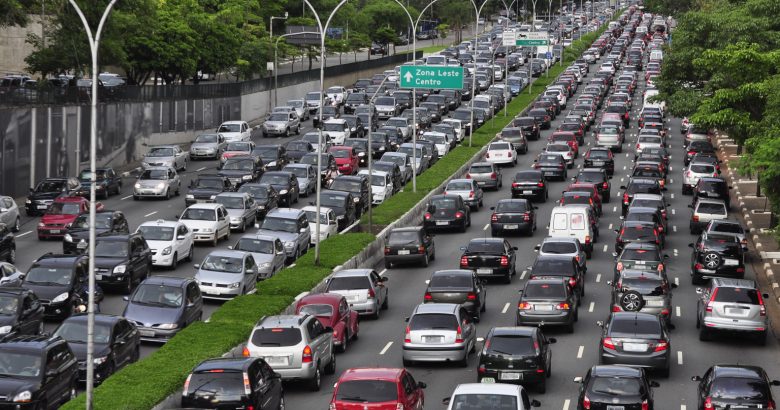
Cities with the Worst Traffic Jams
Despite advances in public transportation and ride sharing, expansion of bicycle lanes, and additional pedestrian programs, you can still spend an awful lot of time stuck in traffic jams. And, as Century 3 Kia of West Mifflin, a local Kia dealer in West Mifflin, PA, humorously relates “This is time that you never get back.” If you are moving to another city or are buying a new house near a major city, you might want to look into the traffic flow their and estimate how many hours you will be throwing away monthly. Just to make you feel better, though, there are probably cities that are worse –far worse- than the one you are analyzing. Let’s take a look at the worst cities in the world to commute in.
Worst in the United States
According to the annual Traffic Congestion Index compiled by TomTom, the Amsterdam-based GPS and travel service company, the most artery-clogged city in America is Los Angeles. Commuters in the City of Angels spent an average of 41% more time stuck in traffic jams than necessary. Just for clarity purposes, here’s how the calculation works: if congestion causes commuters to spend 30 minutes getting to or from the office, compared to 20 minutes for the same trip when there are no traffic jams, then the daily delay amounts to 50%. Los Angeles isn’t quite at that level but is close at 41%.
Worst in the World
Los Angeles must be close to the worse, right? Well, no, that distinction would easily go to Mexico City where its drivers spend 59% more time getting to and from work than they would during the times when traffic is moving freely. And that’s the daily average – Mexico City motorists spend a whopping 97% extra time behind the wheel during the morning rush hour (almost twice as long as when traffic is free), and 94% extra time during the evening peak.
The others
Mexico City: 59% extra travel time (morning peak 97%; evening peak 94%).
Bangkok: 57% extra travel time (morning peak 85%; evening peak 114%)
Istanbul: 50% extra travel time (morning peak 62%; evening peak 94%).
Rio de Janerio: 47% extra travel time (morning peak 66%; evening peak 79%).
Moscow: 44% extra travel time (morning peak 71%; evening peak 91%).
Bucharest: 43% extra travel time (morning peak 83%; evening peak 87%).
Salvador: 43% extra travel time (morning peak 67%; evening peak 74%).
Recife: 43% extra travel time (morning peak 72%; evening peak 75%).
Chengdu: 41% extra travel time (morning peak 73%; evening peak 81%).
Los Angeles: 41% extra travel time (morning peak 60%; evening peak 81%).
The future
TomTom states that congestion is getting better for some countries and worse for others. America is enjoying the effects of economic growth but leads the globe with a 17% jump in congestion over the last eight years. By contrast, traffic in Europe, which remains in the financial doldrums, experienced an increase in demand by only 2% since 2008. Traffic congestion in Southern European nations like Italy and Spain has actually been on the decline over the last decade, by -7% and -13%, respectively.